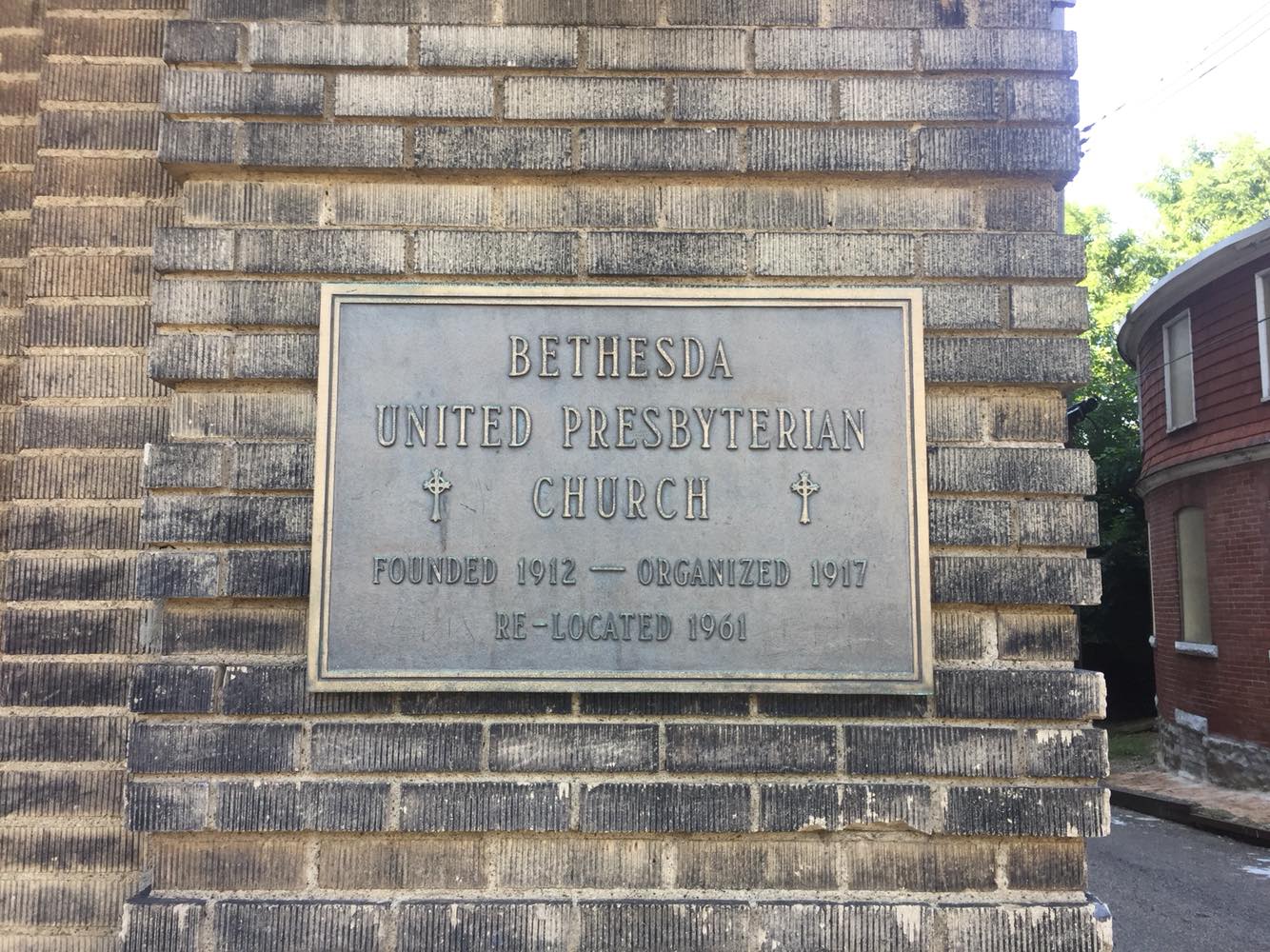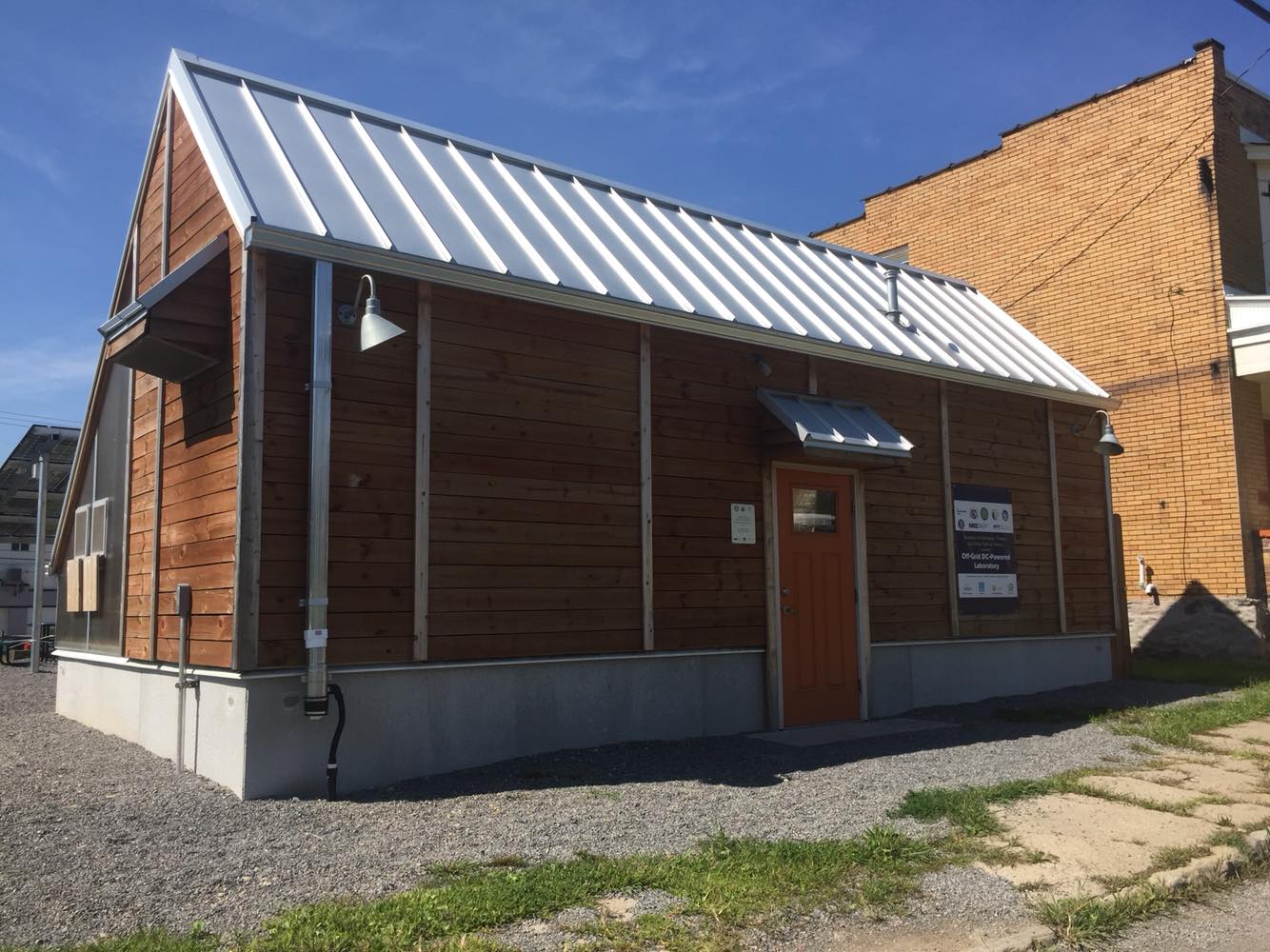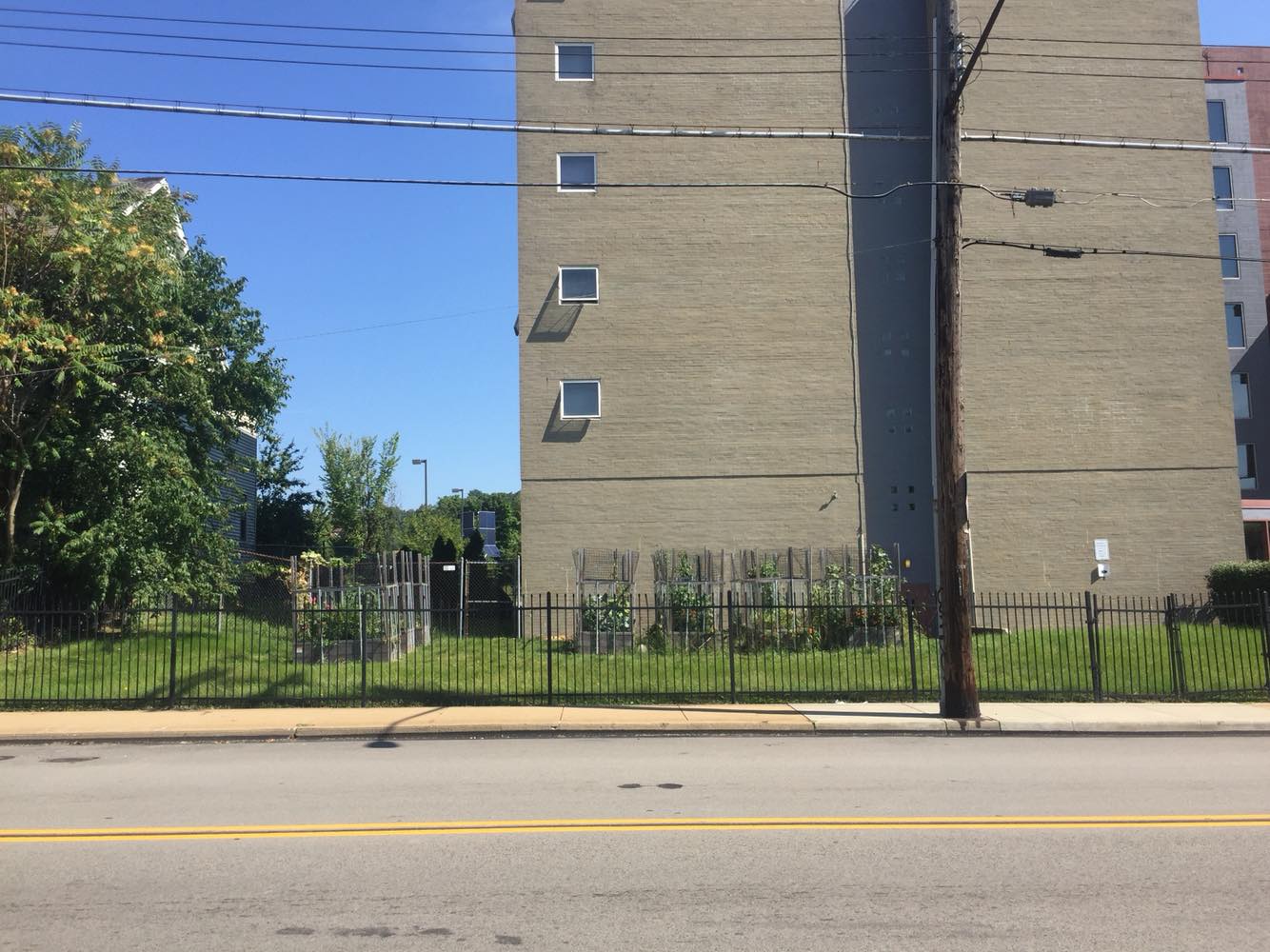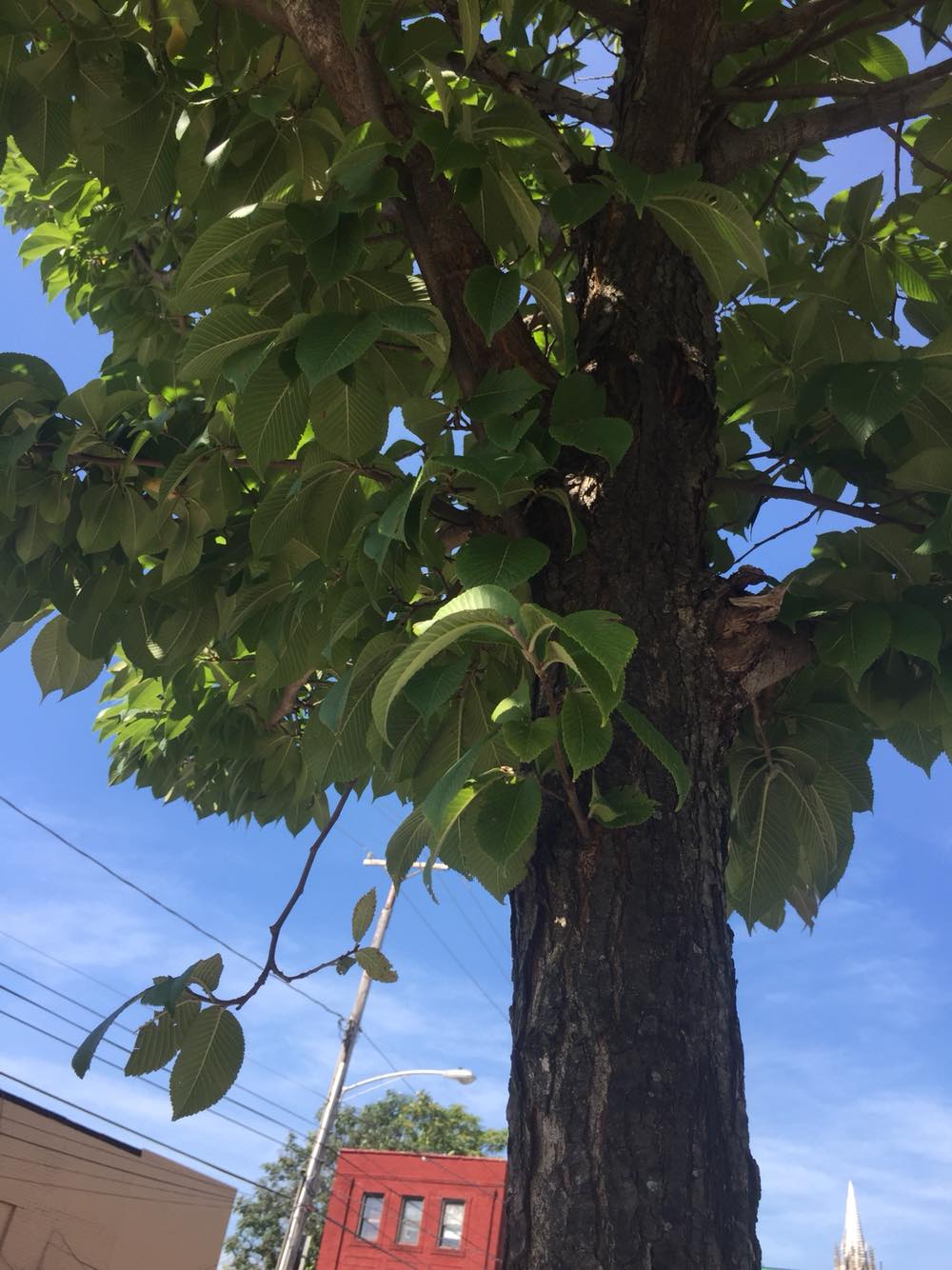Camilla Cook – Tree Inventory Update #7
Today, I surveyed Block 14 and inventoried a total of nine trees – which were a mix of Pyrus calleryana (Callery pear), Liquidambar styraciflua (Sweetgum), and Ulmus rubra (Slippery Elm). The only significant issues present with these trees were that the majority of the P. calleryana’s had some dead or missing branches, some leaf discoloration, and weren’t as “full” in comparison to the P. calleryanas at the Faison school. In addition, the U. rubras were in pretty good shape considering the Elm trees I encountered earlier in the summer along N. Homewood had a lot of insect galls on their leaves. It could be possible that the insects haven’t reached these Elm trees yet. In other news, I met this really sweet and nice woman while beginning my survey and we chitchatted about my research and the purpose behind it for South Homewood. Overall, she said my research is “beautiful” and that she appreciates the work being done. Hearing these words made my day! Then, this man working at Dana’s bakery asked me about my research and he offered a recommendation/opinion on the current trees in Homewood – all the dying trees should be replaced with fruit trees (ones that don’t make a mess) because there are two benefits associated with them: they look pretty and can feed people/the community. I have heard this line of thinking before in other meetings and conversations and will look into whether there are fruit trees that provide great ecosystem services/benefits (i.e. air pollution and stormwater mitigation) and fruits that can feed the community (i.e. apples and pears).
P.S. Since I came across the Oasis Farm and Fishery aquaculture lab, here is link to more information about it: https://www.biblecenterpgh.org/outreach/oasis-farm-fishery
Below are some snapshots I took from the day:
- CHurch sign
- Oasis Aquaculture Lab
- Abandoned homes
- Garden at Bennett Apts.
- Bennett St. Apartments
- Trees next to Bethesda Church
- Empty lot 2
- Empty lot
- Kelly Street Kafe
- OBB location 🙂
- Sidewalk broken due to Sweetgum
- Leaves of U. rubra (2)
- Leaves of U. rubra
- Comparison of U. rubras
- Sweetgum Tree















Leave a Reply